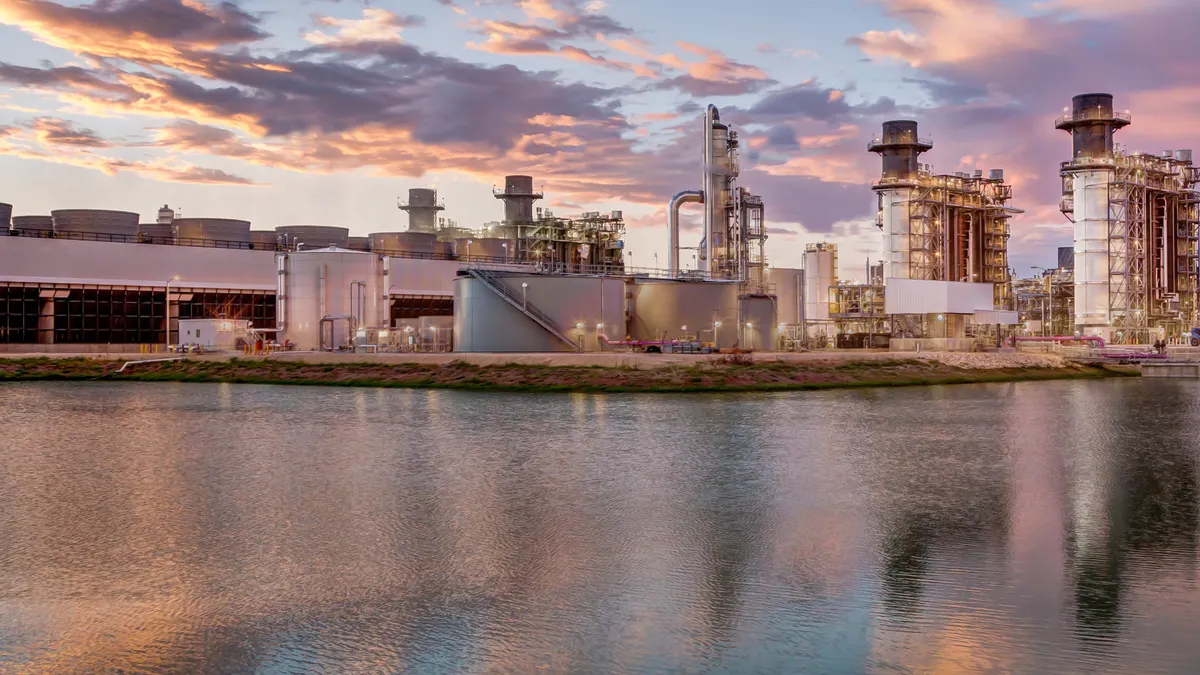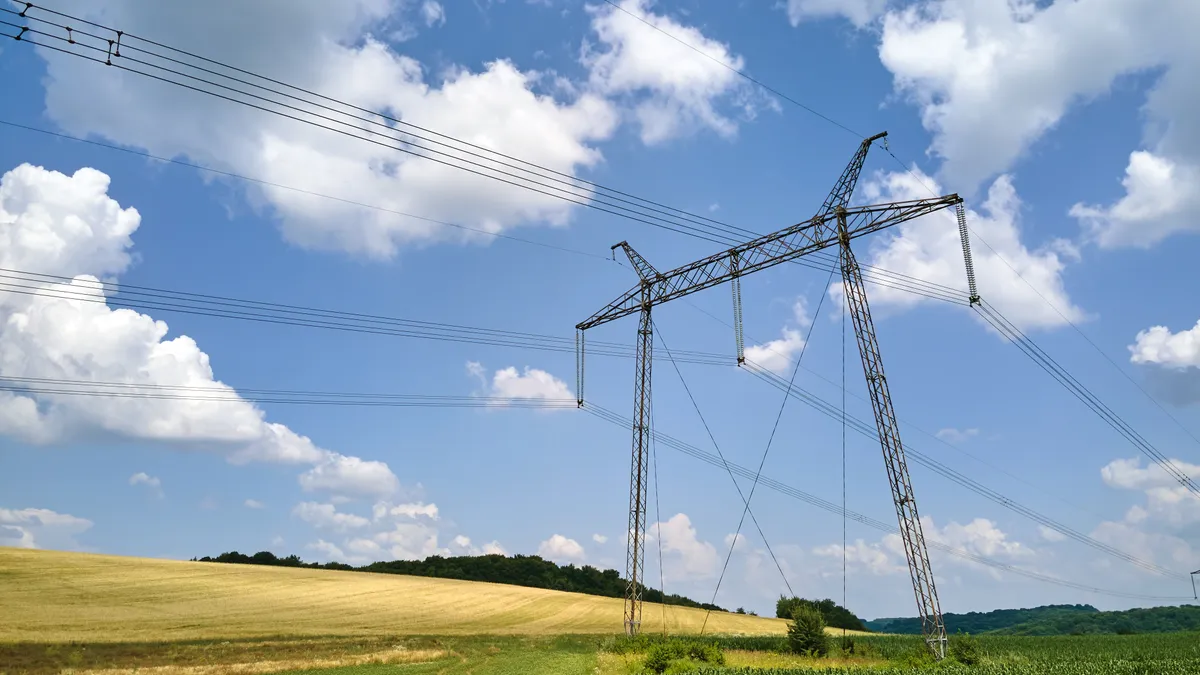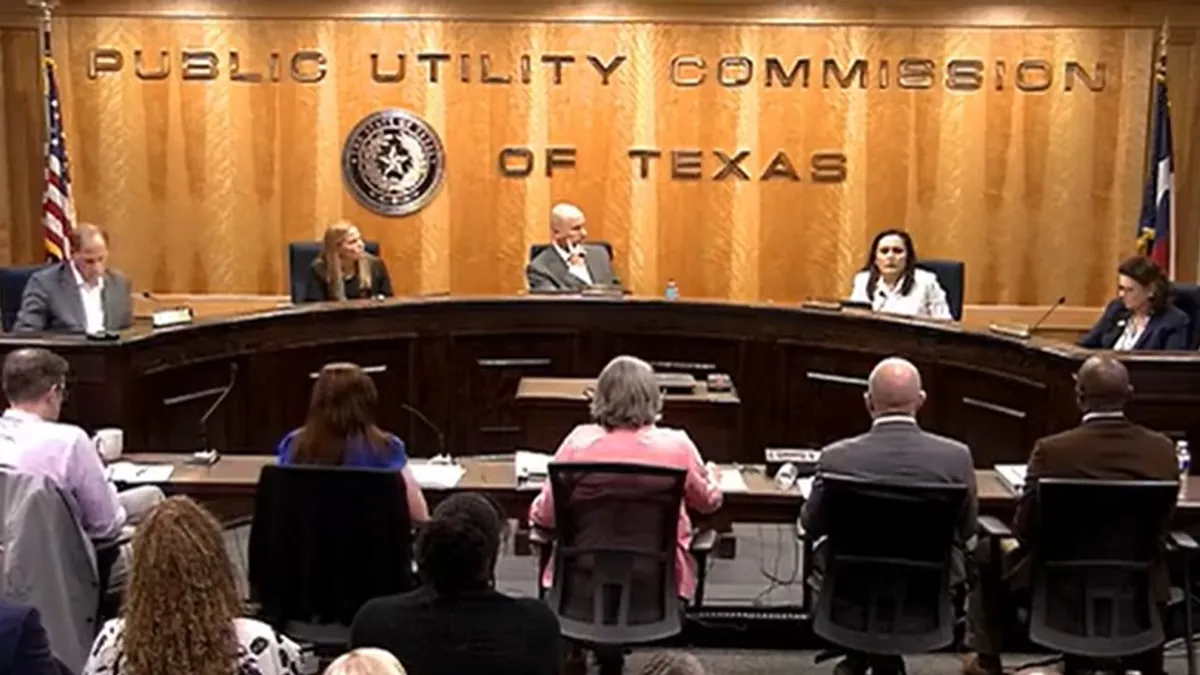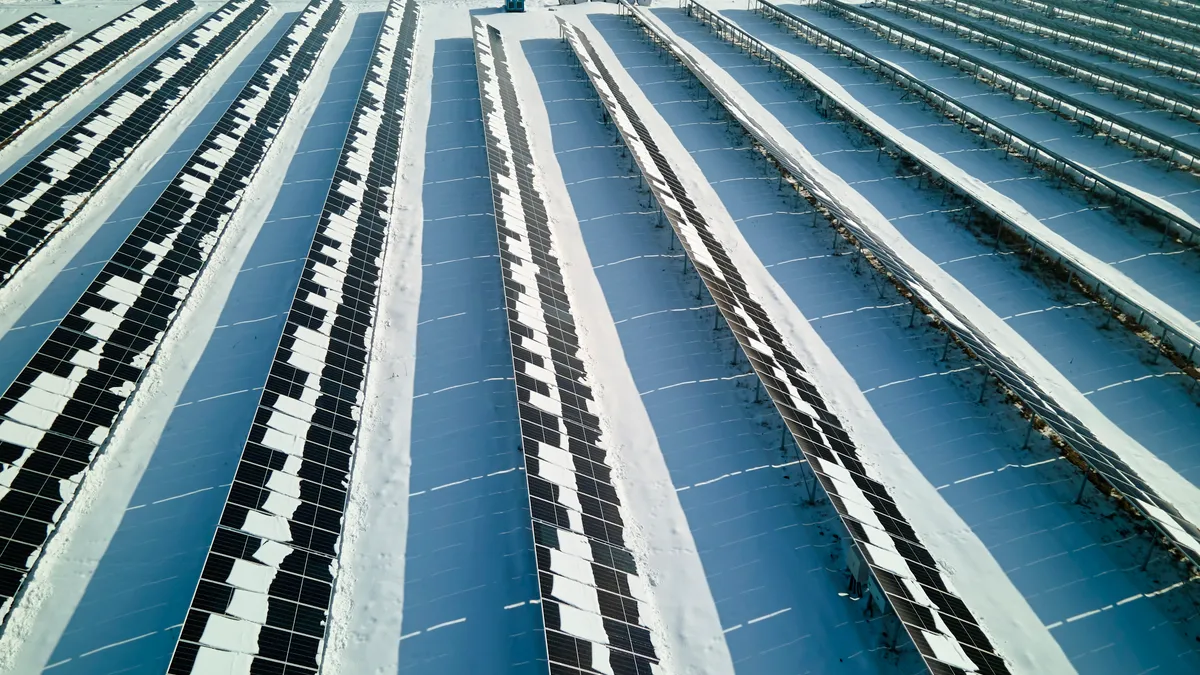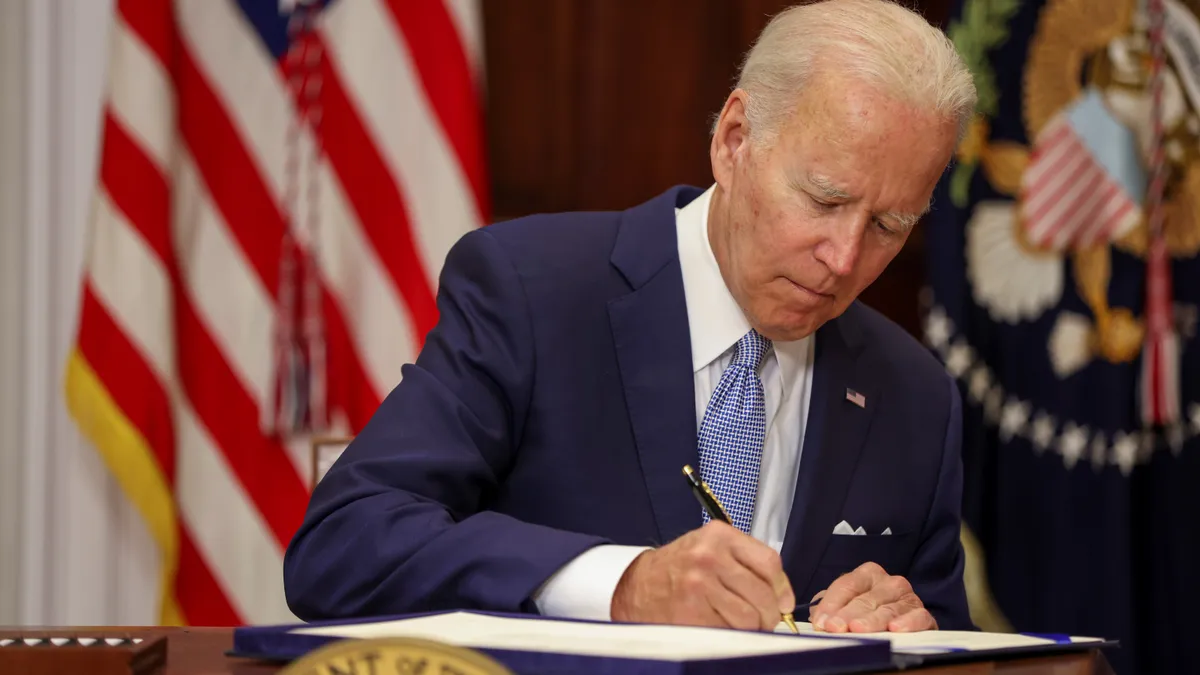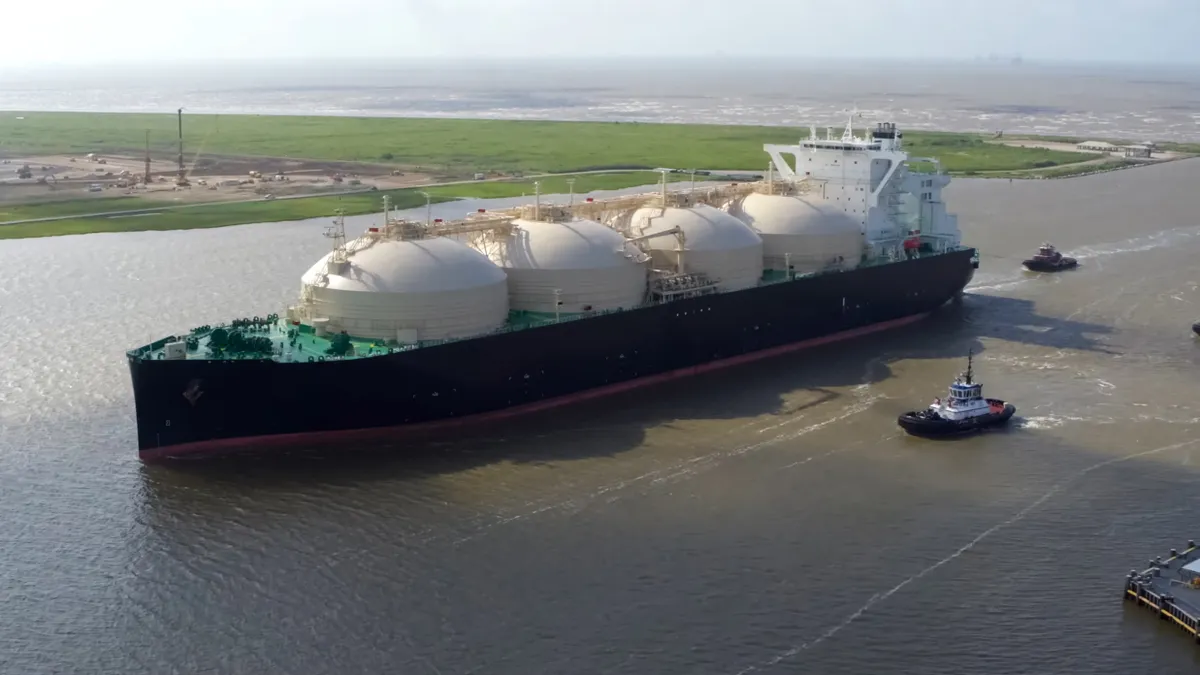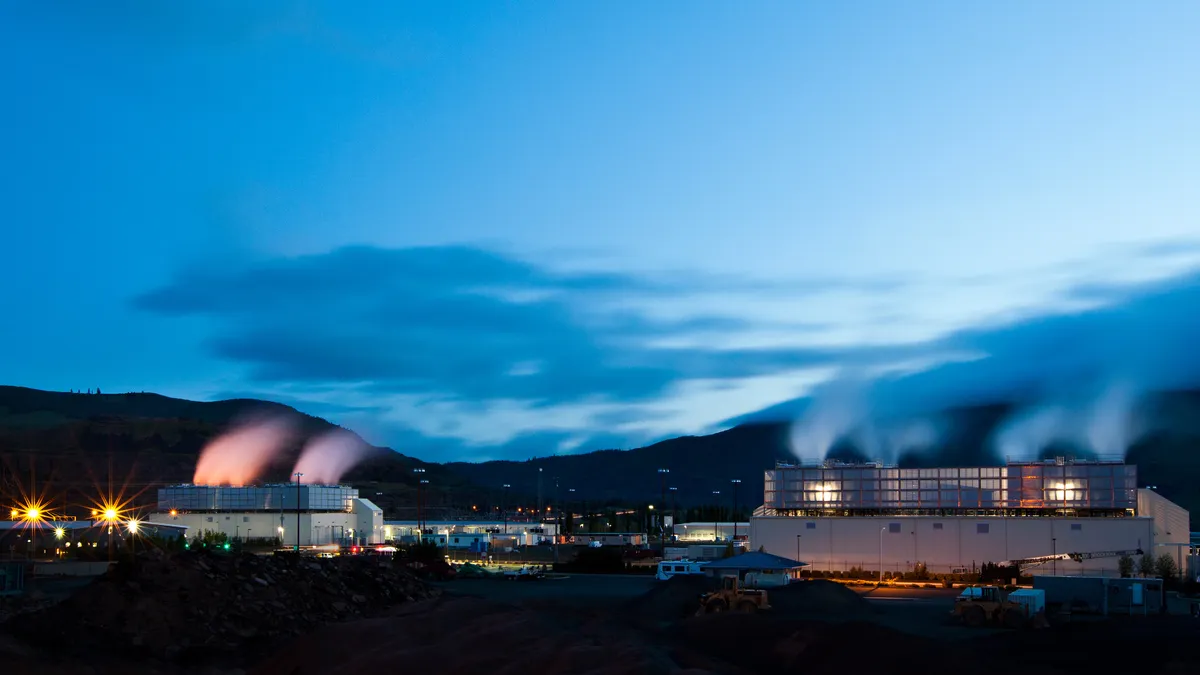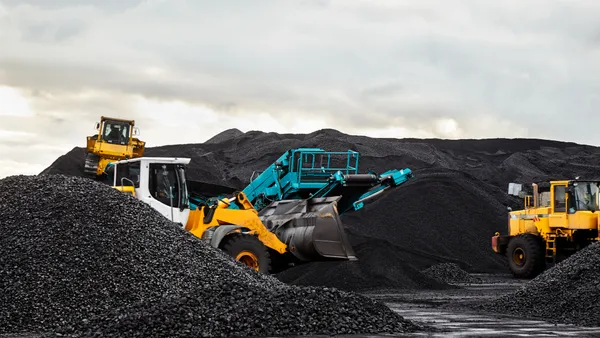There is a cloud hanging over the Texas wholesale power market.
The cloud is cast by the Chapter 11 bankruptcy filing of Panda Temple Power LLC in a Delaware court.
To be clear, the Panda bankruptcy is not a cause of market conditions in the Electric Reliability Council of Texas (ERCOT) region — it is a symptom.
Panda Temple Power is a modern 758 MW gas-fired combined-cycle power plant in Temple, Texas, that began construction in 2012 and entered service in 2014.
The plant has been losing money since 2015, and according to a court filing now has $400 million of outstanding debt and only about $2,000 of cash.
The plant features quick response gas turbines and a competitive heat rate — a measure of how efficiently it can convert fuel to power — of below 7,000 British thermal units/kW.
The project won accolades when it hit the market in 2012, winning Americas Power Deal of the Year from Project Finance International for its A/B loan financing facility with Morgan Stanley and Ares Capital.
The project, which has since been refinanced, was financed with about $377 million of secured debt and $375 million of equity, including about $100 million from affiliated parent company Panda Power Funds. The remaining equity contributions came from third party co-investors, including the Employees Retirement System of Texas, Ohio Teachers’ Pension Plan and duPont Testamentary Trust.
Five years later, the plant is in bankruptcy.
“It is pretty cut and dried,” says Andrew DeVries, a senior analyst at CreditSights, an independent research firm. The plant cannot generate enough cash to pay off its debt, he says.
With 2018 natural gas prices at around $3.10 per million BTU, a 7,000 BTU/kW plant could earn around $21/MWh. Add in $8 to $9/MWh for operations and management, and there is very little is room left for debt repayment with forward peak prices in ERCOT at about $32/MWh.
When Panda entered into the Temple deal – called Temple 1 because there is a nearly identical plant, Temple 2, at the same location — the expectation was that more coal plants would be retiring in Texas, and ERCOT would run short of capacity. At the time, ERCOT was also debating whether or not to adopt a capacity market.
Panda was eager to build the Temple project and have it online in time to reap the profits from the higher power prices and spark spreads it saw coming.
But power purchase agreements are hard to come by in competitive power markets, and merchant power plants are difficult and expensive to finance.
Instead of a PPA, Panda entered into a four-year revenue put option with the 3M Employee Retirement Income Plan for 600 MW of the project’s output.
The put is basically a hedge in which Panda pays a fee and the financial institution absorbs some of the volatility associated with natural gas and power prices.
In this case, it allowed Panda Temple to benefit from cash flow upside while placing a floor on annual gross margins through 2018. In essence the put secures a steady income stream that smooths the path to financing.
But the expectations of Panda and its investors and bankers did not work out.
In a lawsuit filed with the 15th District Court in Grayson County, Texas, Panda Temple is suing ERCOT for misrepresentation, fraud and breach of duty. The company says ERCOT changed the forecasting methodology it uses in its capacity demand and reserves (CDR) report and that moved the ERCOT market outlook from undersupply to oversupply.
That move “had the effect of depressing the price of power in the spot market, which also had the effect of depressing prices in the forward market. As a result, large commercial purchasers of power had less need to hedge against higher energy prices by locking in a price for future power with generators like Temple I,” Panda claims in its bankruptcy filing.
It is worth noting, though, that Panda’s Sherman plant was financed at the same time as Temple 1, but Sherman is still operating and is not being put into bankruptcy.
According to published material, the Sherman plant enjoys some advantages over Temple 1. The Sherman revenue put has a $45 million strike price compared with Temple 1’s $41 million strike price, giving Sherman a wider band in which it could operate profitably. Sherman also benefitted from lower fees and cheaper financing. And Sherman has the ability to source gas from multiple points, allowing it to lock in a price lower than the price Temple 1 pays, which is based on the Katy benchmark.
Panda spokesman Bill Pentak declined to comment on the bankruptcy, the pending lawsuit or the financial performance of the company’s assets.
Low gas, lots of wind
Forecasting methodology aside, the basic economics of gas fired generation in ERCOT are challenging. In March, S&P Global Ratings lowered its rating on several merchant generators in ERCOT, citing low natural gas prices and the influx of low priced wind power.
“The reality here, is there is just too much PTC subsidized wind in ERCOT,” says Jeff Schroeter, managing director at Genova Power Advisors in Plano, Texas. And, he says, there is as much as another 6,000 MW of wind power under development.
Wind plants that receive the federal production tax credit have an incentive to bid into the competitive market at zero because they can still collect the tax credit. Schroeter says a recent analysis he performed showed that in 2016 ERCOT’s Houston zone cleared below a 6,000 BTU/kWh market heat rate for about 20% of the hours because of all the negative wind bid strategies.
Despite the head winds, there are still gas-fired plants under construction in ERCOT.
Developers continue to investment in gas-fired generation, with more than 3,000 MW of the planning pipeline, most of it focused on quick start machines able to operate flexibly in a changing market, said ERCOT spokeswoman Robbie Searcy.
ERCOT’s April 2017 Generator Interconnection Status report lists 13,693 MW of gas-fired projects and 9,742 MW of wind projects with interconnection agreements.
Exelon is building two of those projects. Both are 1,000-MW combined-cycle plants due online this year. One, Wolf Hollow 2, is in Granbury, the other is at Exelon’s Colorado Bend Station in Wharton, about 60 miles outside of Houston.
Meanwhile Exelon is also selling its ExGen Texas Power subsidiary, which owns five plants in Texas, including the 738-MW Wolf Hollow and the 510-MW Colorado Bend plants where another unit of Exelon is building new capacity. In all, ExGen owns 3,477 MW of Texas capacity.
With older plants retiring or being sold and some new plants struggling, the results of the sales process could be illuminating.
A recent report by UBS analyst Julien Dumoulin-Smith noted that the trend in asset sale prices in ERCOT has been downward, from $528/kW for Calpine’s 432 MW Bosque plant in October 2012 to $440/kW for Energy Future Holdings’ Forney and Lamar plants, 637 MW in total, in November 2015.
Schroeter estimates that in the ERCOT market today a modern combined-cycle plant like Temple 1 could fetch a price in the $400/kW to $500/kW range, even though Panda paid an estimated $850/kW to $950/kW to build the plant. Older gas-fired generation could fetch even lower prices.
But the biggest impact of the Panda Temple bankruptcy could be that “it puts the kibosh on getting financing for a merchant power project in ERCOT,” says Steven Gilliland, founder, president and CEO of Federal Power, a Houston based developer. The big money is no longer available for power projects, he says. “Developers are going to have to do it on their own nickel.”


